Home>Garden Essentials>Garden Storage>How To Design A Wardrobe
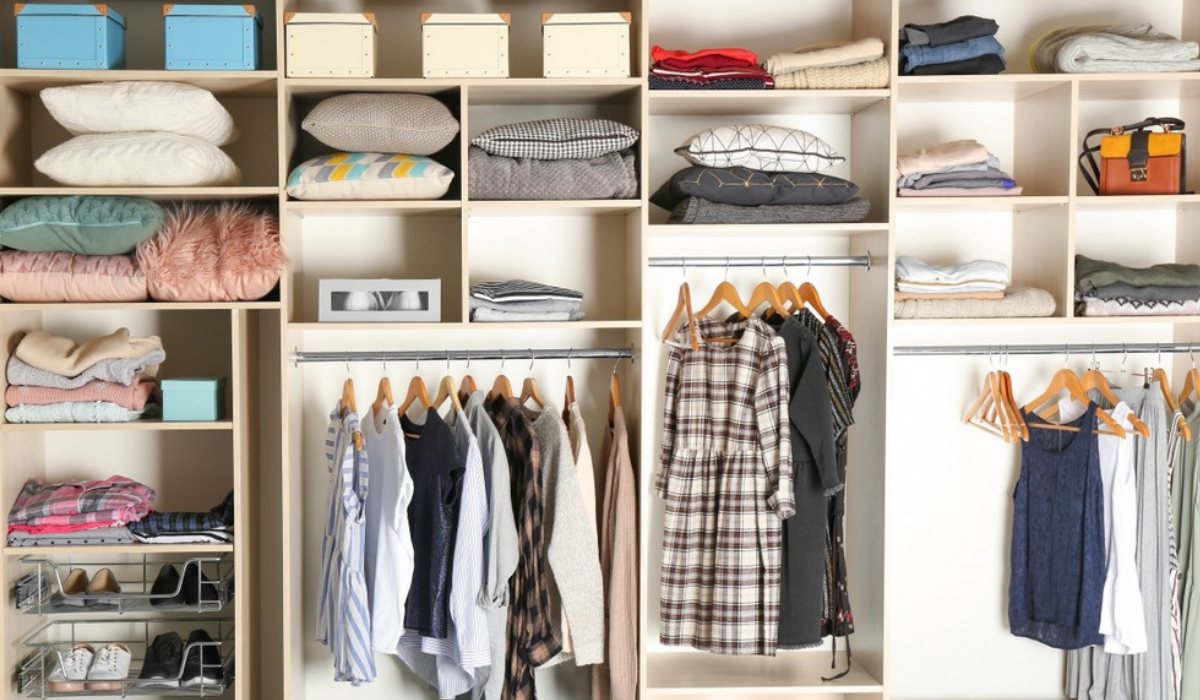

Garden Storage
How To Design A Wardrobe
Modified: January 23, 2024
Learn how to design a stylish and functional wardrobe with ample storage space for all your clothes and accessories. Transform your room into an organized haven.
(Many of the links in this article redirect to a specific reviewed product. Your purchase of these products through affiliate links helps to generate commission for Storables.com, at no extra cost. Learn more)
Introduction
Welcome to the ultimate guide on how to design a wardrobe that is both functional and stylish. A wardrobe is not just a piece of furniture to store your clothes; it is a reflection of your personal style and a space that should inspire you every day. Whether you are designing a brand new wardrobe or revamping an existing one, this article will provide you with step-by-step guidance on how to create a wardrobe that meets all your needs and exceeds your expectations.
Before diving into the process, it is important to take a moment to reflect on the significance of a well-designed wardrobe. A well-organized wardrobe will not only save you time and effort when getting dressed but will also help you maintain the longevity and quality of your clothing. By creating a space that is tailored to your specific needs, you can maximize storage, minimize clutter, and enjoy a stress-free dressing experience.
This comprehensive guide will walk you through each step of the wardrobe design process, from assessing your needs and space to adding personalized touches and accessories. So, let’s get started on your journey to creating the wardrobe of your dreams!
Key Takeaways:
- Designing a wardrobe involves assessing needs, determining style, planning layout, choosing materials, and adding personal touches. Careful consideration of space, budget, and lighting is essential for a functional and stylish wardrobe.
- The wardrobe design process encompasses evaluating storage needs, selecting materials, and incorporating lighting solutions. Personalizing the wardrobe with accessories and staying within budget are crucial for creating a unique and practical space.
Read more: How To Update Wardrobe
Step 1: Assess Your Needs and Space
Before diving into the design process, it’s essential to assess your needs and space requirements for your wardrobe. Start by evaluating the number of clothes, shoes, and accessories you own. This will help you determine the amount of storage space you’ll need.
Consider your lifestyle and the types of clothing you typically wear. For example, if you have many formal outfits or bulky winter coats, you’ll need ample hanging space. On the other hand, if you have a collection of shoes or accessories, prioritize shelves, drawers, or cubbies to keep them organized and easily accessible.
Next, examine the available space in your room or designated area for the wardrobe. Measure the dimensions, including height, width, and depth, and take note of any constraints, such as sloping ceilings or protruding features. This information will help you determine the layout and design options that will work best in your available space.
Additionally, consider the flow and functionality of the room. Think about how you move around the space and how the wardrobe will fit into that flow. If you share a room with a partner, consider their needs and preferences as well.
Lastly, take stock of any additional requirements or special considerations. Do you need space for a dressing table or a full-length mirror? Would you like to incorporate a seating area or a jewelry storage section? Thinking about these details from the beginning will ensure that your wardrobe meets all your needs and provides a seamless and convenient experience.
By carefully assessing your needs and space requirements, you can lay the foundation for a perfectly tailored wardrobe that maximizes storage, functionality, and style.
Step 2: Determine Your Style and Theme
Once you have assessed your needs and space, it’s time to determine the style and theme of your wardrobe. Your wardrobe should reflect your personal taste and complement the overall design aesthetic of your room.
Start by gathering inspiration from various sources such as interior design websites, magazines, or even Pinterest boards. Look for colors, textures, patterns, and finishes that resonate with you and align with your desired style.
Consider the overall theme of your room or home. Is it modern and minimalist, or more traditional and cozy? Your wardrobe should seamlessly blend in with the existing decor and enhance the overall ambiance of the space.
Think about the materials and finishes you prefer. Do you like the warmth of wood or the sleekness of glass and metal? Choose materials that not only look appealing but also withstand the test of time and fit your budget.
Furthermore, consider the hardware and accessories that will complement your desired style. From handles and knobs to door hinges and hooks, every detail contributes to the overall look and functionality of your wardrobe.
Don’t be afraid to mix and match different elements and styles to create a unique and personalized wardrobe. Remember that your wardrobe should not only be functional but also a reflection of your personality and individuality.
By determining your style and theme upfront, you can create a cohesive and visually appealing wardrobe that seamlessly integrates into your overall design scheme.
Step 3: Plan the Layout and Organization
Now that you have a clear understanding of your needs, space, and desired style, it’s time to plan the layout and organization of your wardrobe. A well-organized wardrobe will make it easier to find and access your belongings while maximizing the available space.
Start by considering the different storage zones you’ll need within your wardrobe. These may include sections for hanging clothes, shelves for folded items, drawers for accessories, and compartments for shoes. Allocate space based on the frequency of use and priority of each item.
Optimize the hanging space by incorporating a combination of double-height hanging rods, single rods for shorter garments, and pull-down rods for higher areas. This will maximize vertical space and allow for efficient use of the entire wardrobe.
When planning shelves or drawers, consider adjustable options to accommodate different item sizes and allow for future flexibility. Dividers and organizers can help keep smaller accessories, such as ties, belts, and jewelry, neatly organized and easily accessible.
While planning the layout, also consider how to make the most of the available vertical space. Utilize the top areas for storing seasonal or less frequently used items, such as suitcases or holiday decorations, by incorporating higher shelves or even utilizing the space above the wardrobe with custom-made storage solutions.
Ensure that the storage zones are easily visible and accessible. Incorporate adequate lighting in each section, such as LED strip lights or sensor-activated interior lights, to make it easy to locate items, especially in darker corners.
As you plan the layout and organization, don’t forget to leave room for future growth and changing needs. Flexibility is key, so consider leaving open spaces that can be adapted as your wardrobe requirements evolve.
By carefully planning the layout and organization, you can create a wardrobe that is both visually pleasing and highly functional, ensuring that your items are always organized and easily accessible.
Step 4: Choose the Right Materials and Finishes
When it comes to designing a wardrobe, selecting the right materials and finishes is crucial in achieving the desired look and ensuring durability. The materials and finishes you choose will impact the overall aesthetics, functionality, and longevity of your wardrobe.
Start by considering the main framework of your wardrobe. Common options include solid wood, plywood, or MDF (medium-density fiberboard). Solid wood offers a timeless and natural appeal, while plywood and MDF provide a more cost-effective solution without compromising on quality.
For the exterior finish of the wardrobe, you have various choices. Laminates are a popular option as they offer a wide range of colors and finishes, are easy to clean, and are resistant to scratches and wear. Veneers provide a natural wood look and feel, adding warmth and elegance to your wardrobe. Painted finishes can also be considered if you prefer a sleek and contemporary look, offering endless color options.
Consider the hardware and accessories as well. Choose high-quality handles, hinges, and drawer slides that are both functional and visually appealing. These details may seem small, but they can greatly impact the overall user experience of your wardrobe.
If you want to add a touch of luxury, consider incorporating glass elements such as mirrored doors or glass panels. These can create a sense of openness and reflect light, making the space feel more spacious and inviting.
While choosing materials and finishes, keep in mind the level of maintenance required. Consider factors such as cleaning, resistance to moisture and heat, and the likelihood of wear and tear over time.
It’s important to strike a balance between aesthetics, functionality, and budget. Take the time to research different options, compare prices, and consult with experts to ensure that the materials and finishes you choose meet your requirements and align with your vision.
By selecting the right materials and finishes, you can create a wardrobe that not only looks stunning but also stands the test of time, providing you with years of enjoyment and functionality.
When designing a wardrobe, consider the functionality and organization of the space. Utilize adjustable shelving and hanging rods to accommodate different types of clothing and accessories.
Read more: How To Paint A Wardrobe
Step 5: Select the Right Storage Solutions
Choosing the right storage solutions is essential to maximize the functionality and organization of your wardrobe. By selecting the appropriate storage options, you can ensure that every item has its designated place, making it easier to find and maintain a clutter-free space.
Start by considering your specific storage needs. Assess the types of items you have, such as clothing, shoes, accessories, and personal belongings, and determine the best storage solutions for each category.
Hanging rods are essential for keeping your clothes wrinkle-free and easily accessible. Incorporate double-height hanging rods for long dresses and coats, single rods for shorter garments, and pull-down rods for maximizing vertical space in higher areas.
For folded clothes, shelves or drawers are ideal. Adjustable shelves allow you to accommodate different clothing items and provide flexibility for future changes. Consider incorporating dividers or organizers to separate and categorize your folded clothes for enhanced organization.
Shoe storage is another crucial consideration. Depending on your collection, you can choose from options such as shoe racks, shoe shelves, or shoe cubbies. Consider utilizing the vertical space by incorporating shoe towers or shoe organizers that can be mounted on the back of the wardrobe doors.
Don’t forget about accessory storage. Utilize compartments, trays, or drawers to store jewelry, scarves, belts, and other small accessories. Incorporating built-in mirrors or jewelry trays can provide convenience and add an elegant touch to your wardrobe.
Consider utilizing corners and awkward spaces effectively. Corner units or carousel systems can make use of those unused areas to maximize storage potential.
Lastly, consider additional storage solutions that cater to your unique needs. If you have a collection of hats or handbags, incorporate hooks or dedicated shelves to keep them organized. If you have a lot of vertical space available, consider integrating a pull-out or drop-down ironing board for easy access.
When selecting storage solutions, prioritize functionality, ease of use, and aesthetics. Ensure that the solutions you choose align with your desired style and provide optimal storage space for your belongings.
By carefully selecting the right storage solutions, you can create a wardrobe that not only looks tidy and organized but also makes getting dressed a breeze.
Step 6: Consider Lighting Options
When designing a wardrobe, lighting plays a crucial role in enhancing visibility, creating ambiance, and making the space more functional and aesthetically pleasing. Proper lighting solutions will not only make it easier to find and sort through your belongings but also add a touch of sophistication to your wardrobe.
Start by assessing the existing lighting in your room. Consider if it provides adequate illumination to your wardrobe or if additional lighting is needed. Natural lighting is ideal, but if that’s not possible, consider artificial lighting options.
One popular lighting option for wardrobes is LED strip lights. These thin, flexible lights can be installed along the edges of shelves, rods, or drawers, illuminating the contents and making it easier to see and access your items. LED lights are energy-efficient, long-lasting, and come in various color options to match your desired aesthetic.
If your wardrobe has a walk-in layout or a spacious interior, consider installing overhead lights or track lighting. This will evenly distribute light throughout the space, making it easier to see the contents of your wardrobe and creating a bright and inviting atmosphere.
Another consideration is sensor-activated lighting. These lights automatically turn on when you open the wardrobe doors, eliminating the need for separate switches and ensuring that you always have sufficient light as you navigate the space.
Additionally, consider incorporating lighting solutions for specific areas within your wardrobe. For example, you can install focused lighting for a dressing table or a jewelry display section. Task lighting options, such as adjustable lamps or vanity lights, can provide dedicated illumination for specific tasks, such as matching accessories or applying makeup.
Lighting can also be used strategically to highlight certain features of your wardrobe, such as a decorative panel or glass shelves. By adding accent lighting, you can draw attention to these elements and create a more dynamic and visually appealing look.
Always prioritize safety when working with lighting in your wardrobe. Ensure that all electrical fixtures are installed by a professional and follow local building codes and regulations.
By carefully considering lighting options, you can transform your wardrobe into a well-lit and inviting space, allowing you to effortlessly find and appreciate your clothing and accessories.
Step 7: Add Personal Touches and Accessories
The final step in designing your wardrobe is adding personal touches and accessories that reflect your style and enhance the overall look and functionality of the space. These finishing touches will make your wardrobe truly unique and tailored to your preferences.
Start by considering the doors or entrances to your wardrobe. There are various options available, such as sliding doors, hinged doors, or even no doors for an open concept. Choose a style that complements the design of your room and aligns with your personal taste.
Add decorative elements to enhance the aesthetic appeal of your wardrobe. Consider incorporating decorative moldings, paneling, or trim that match the style and theme of your room. These subtle details can elevate the overall look and give your wardrobe a more polished and sophisticated appearance.
Consider incorporating a full-length mirror either on the inside or outside of your wardrobe. This not only serves a functional purpose but also creates the illusion of a bigger space and adds depth to the room.
Utilize the inside of your wardrobe doors for additional storage and functionality. Install hooks, hanging racks, or small shelves to store handbags, belts, or hats. You can even attach a corkboard or magnetic board to the inside of the doors to display photos, reminders, or inspiration.
Add a seating area, if space allows, to make your wardrobe a truly luxurious and comfortable space. A small ottoman or a bench can create a cozy spot for trying on shoes or contemplating outfits.
Consider incorporating a built-in charging station or power outlet within your wardrobe. This will allow you to charge your devices or use electronic accessories conveniently without cluttering up your bedroom.
Finally, make your wardrobe more personalized by adding your favorite scented sachets, drawer liners, or essential oil diffusers. This will not only keep your clothes smelling fresh but also create a delightful and pleasant environment when you open your wardrobe.
By adding personal touches and accessories, you can transform your wardrobe into a space that reflects your personality and brings you joy every time you use it. These small details will make a big difference in creating a wardrobe that is both functional and uniquely yours.
Step 8: Budgeting and Cost Considerations
As you design your wardrobe, it is important to consider your budget and manage the cost of your project. Setting a budget from the beginning will help guide your decisions and ensure that you stay within your financial means.
Start by determining how much you are willing to allocate for your wardrobe project. Consider factors such as materials, finishes, storage solutions, lighting, and any additional accessories you plan to include.
Research and compare prices for different materials and finishes to find options that fit your budget without compromising on quality. Consider the long-term value and durability of the materials to ensure that your investment will last.
When it comes to storage solutions, prioritize based on your needs and allocate your budget accordingly. Focus on the essentials and invest in quality components that will provide functionality and durability over time.
Consider whether you are comfortable with DIY solutions or if you would prefer to hire professionals for installation. While DIY can save money, it may require more time, effort, and skill. Hiring professionals ensures a smoother installation process but may come at an additional cost.
Another factor to consider is any additional features or customizations you desire. For example, if you want specialized compartments, integrated lighting, or high-end accessories, be aware that these may increase the overall cost of your wardrobe.
Throughout the process, be mindful of potential hidden costs. Consider aspects such as delivery fees, installation fees, or any unexpected expenses that may arise during the project.
Remember that your budget is not set in stone and can be adjusted based on your priorities. Be prepared to make decisions and compromises along the way to align with your budget while still achieving the desired functionality and aesthetics of your wardrobe.
By carefully considering your budget and cost considerations, you can create a wardrobe that meets your needs and preferences without breaking the bank.
Read more: How To Build A Wardrobe
Conclusion
Congratulations! You’ve reached the end of this comprehensive guide on how to design a wardrobe that is both functional and stylish. By following the step-by-step process outlined in this article, you are well-equipped to create a wardrobe that meets all your needs and reflects your personal taste.
Starting with the initial assessment of your needs and space requirements, you laid the foundation for a well-organized and efficient wardrobe. By determining your style and theme, you ensured that your wardrobe seamlessly blends with the overall design of your room. Planning the layout and organization allowed you to maximize storage and accessibility.
Choosing the right materials and finishes ensured durability and visual appeal, while selecting appropriate storage solutions helped keep your items organized and easily accessible. Considering lighting options added a touch of sophistication and functionality to the space.
By adding personal touches and accessories, you personalized your wardrobe and made it truly unique. Finally, managing your budget and cost considerations ensured that you stayed within your financial means while still achieving your desired outcome.
Designing a wardrobe is a rewarding experience that allows you to create a space that reflects your personality and meets your specific needs. Remember that the process is not set in stone, and flexibility is key. Adapt and adjust based on your own preferences and circumstances.
Now, armed with the knowledge and guidance from this guide, it’s time to turn your vision into reality and create the wardrobe of your dreams. Enjoy the process, and may your new wardrobe bring you joy, organization, and a renewed sense of style.
Frequently Asked Questions about How To Design A Wardrobe
Was this page helpful?
At Storables.com, we guarantee accurate and reliable information. Our content, validated by Expert Board Contributors, is crafted following stringent Editorial Policies. We're committed to providing you with well-researched, expert-backed insights for all your informational needs.

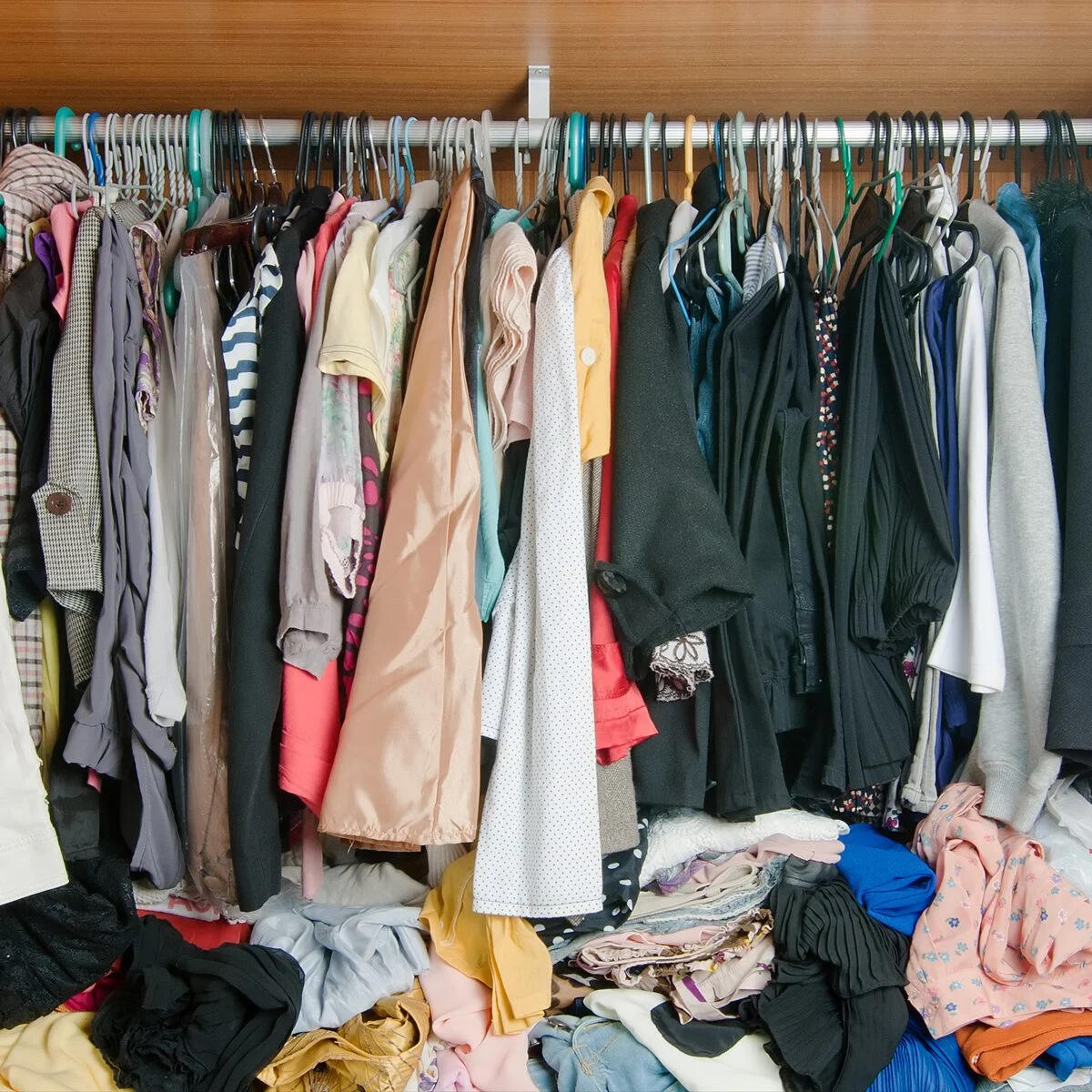
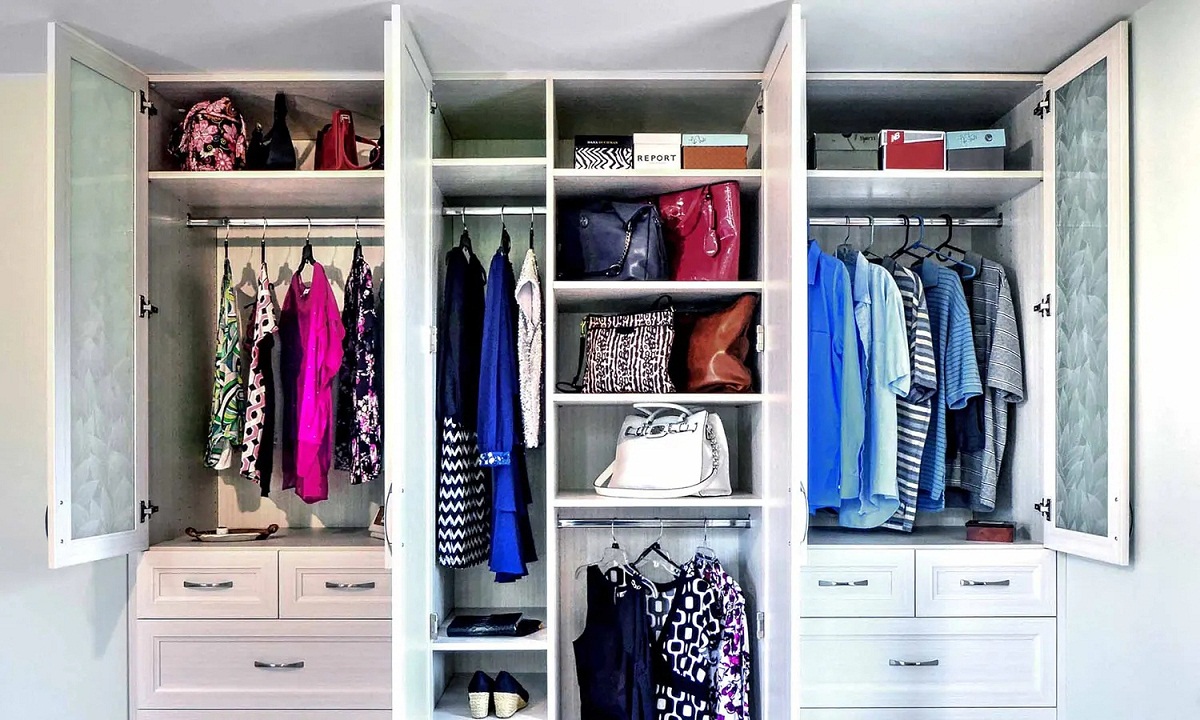
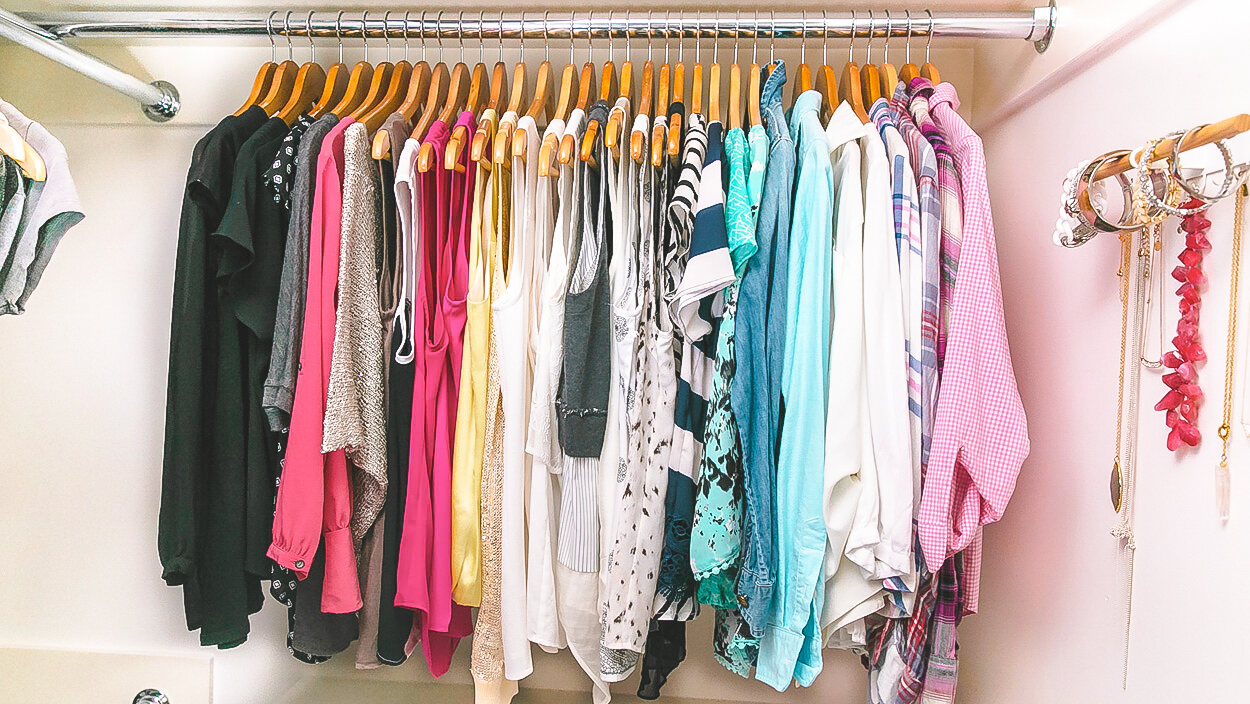

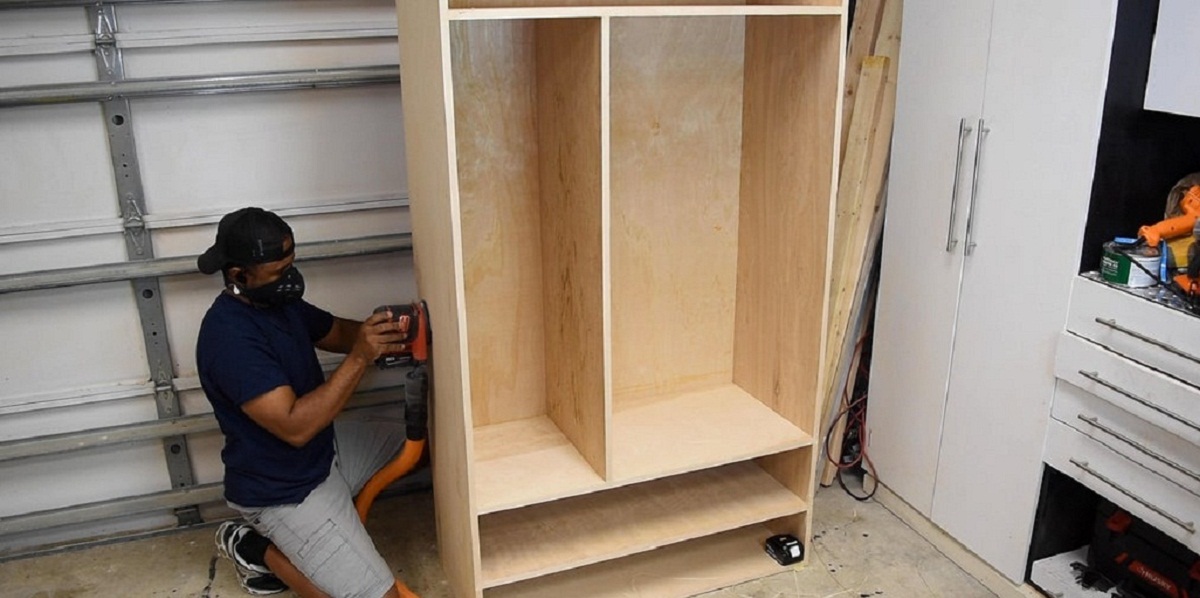
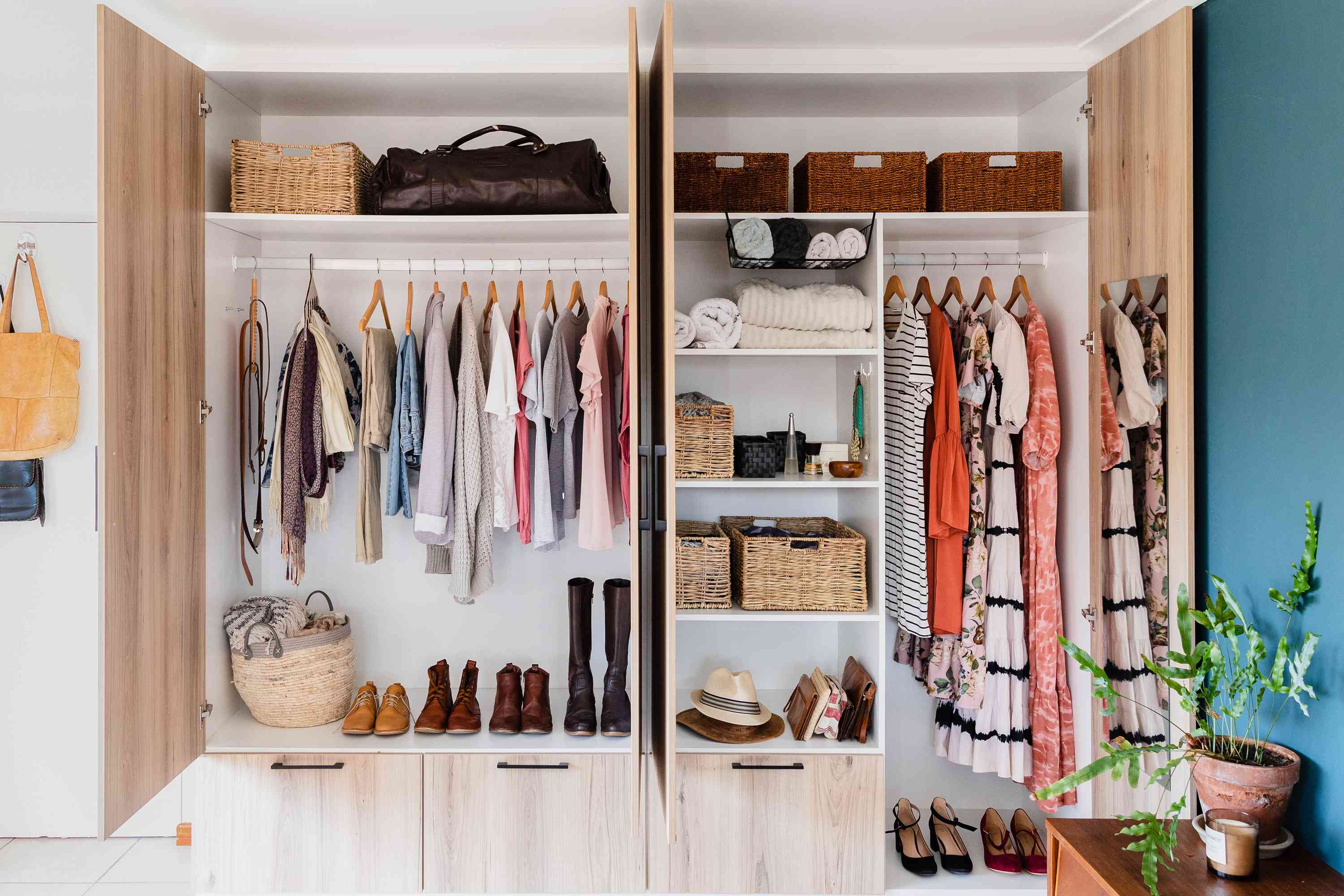
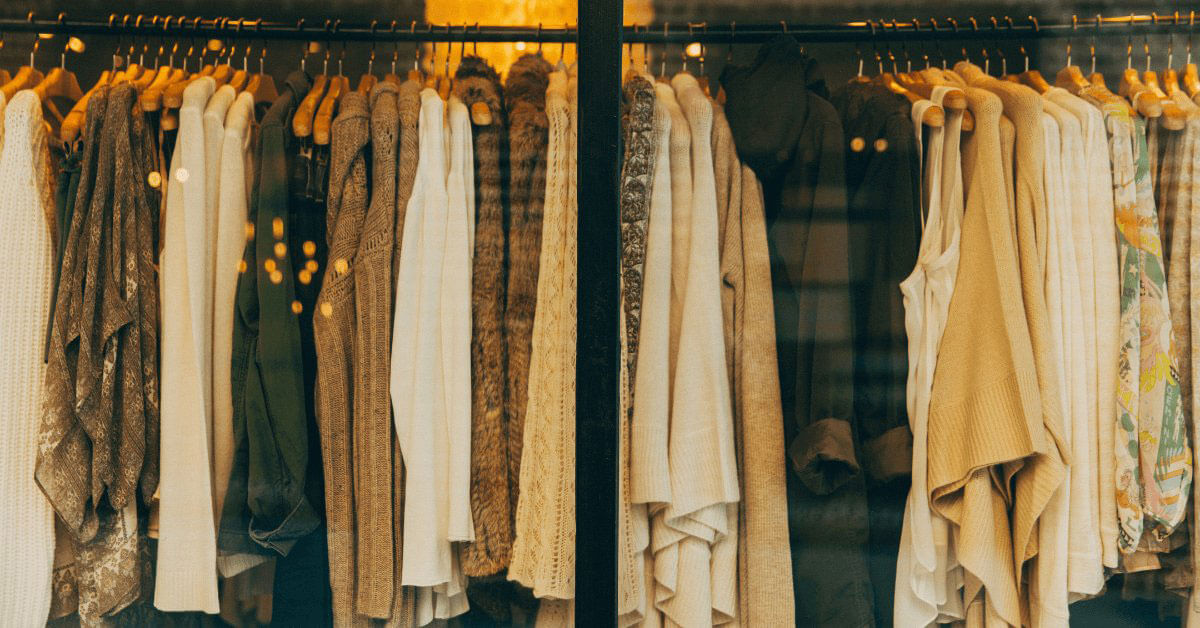
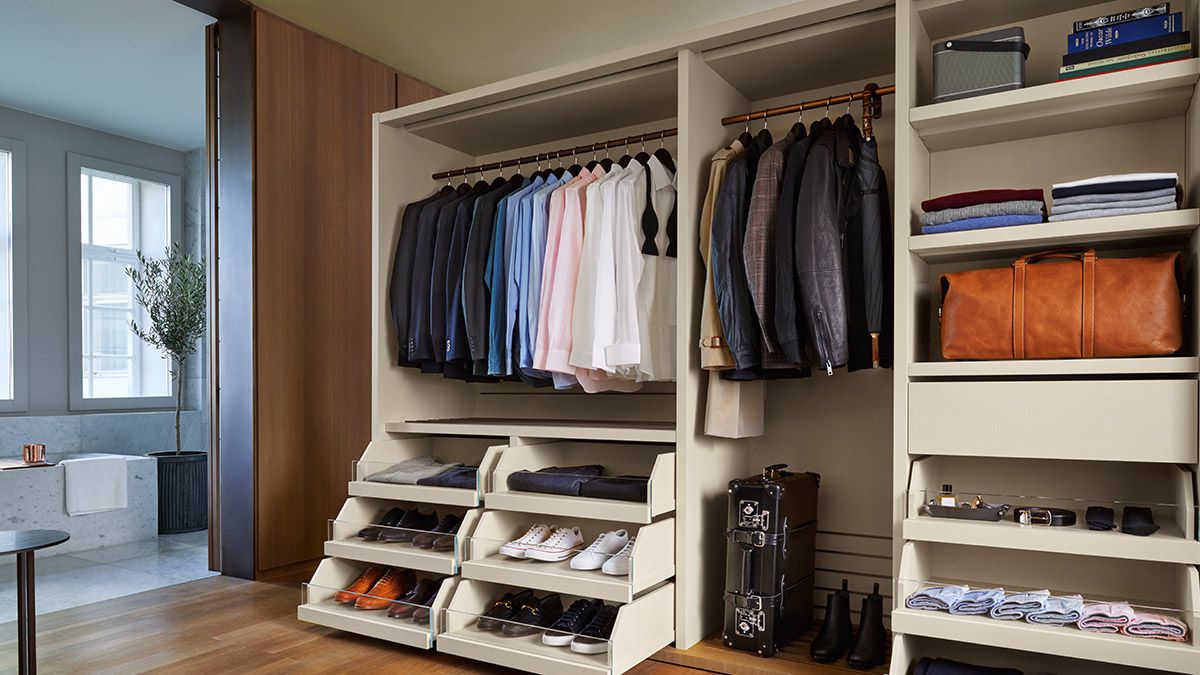
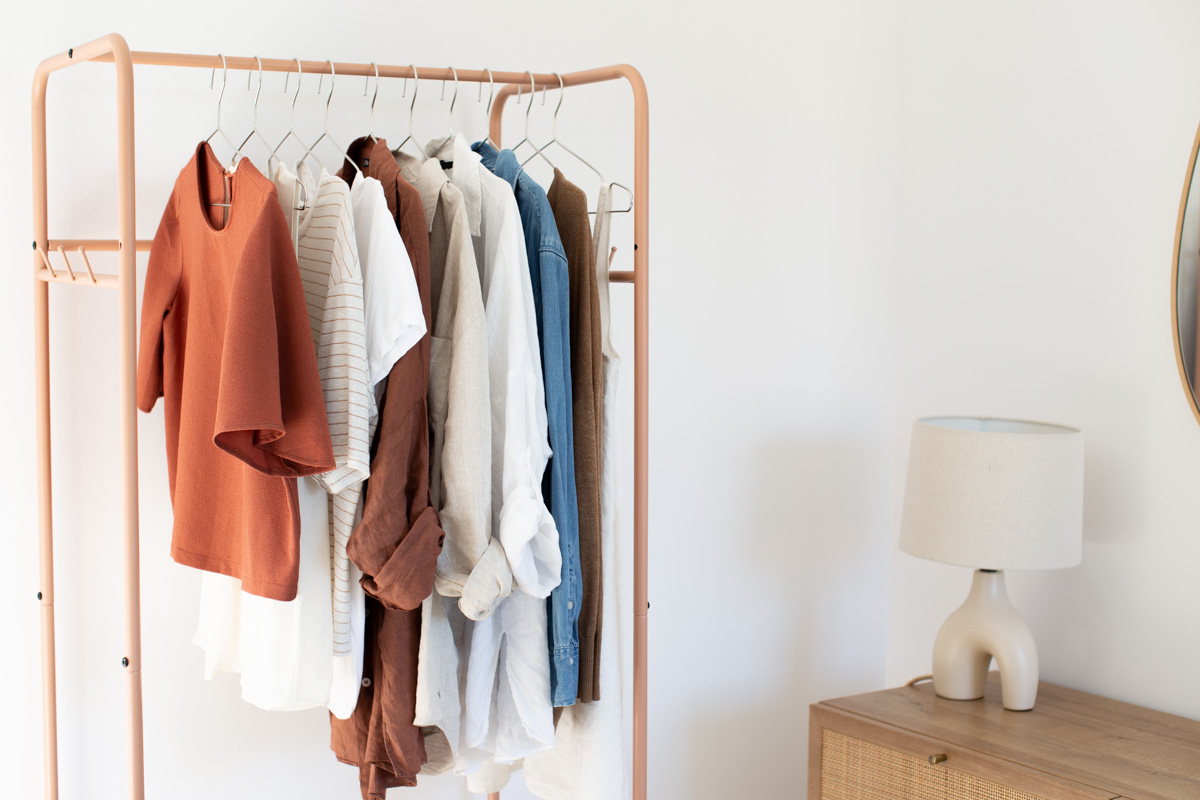
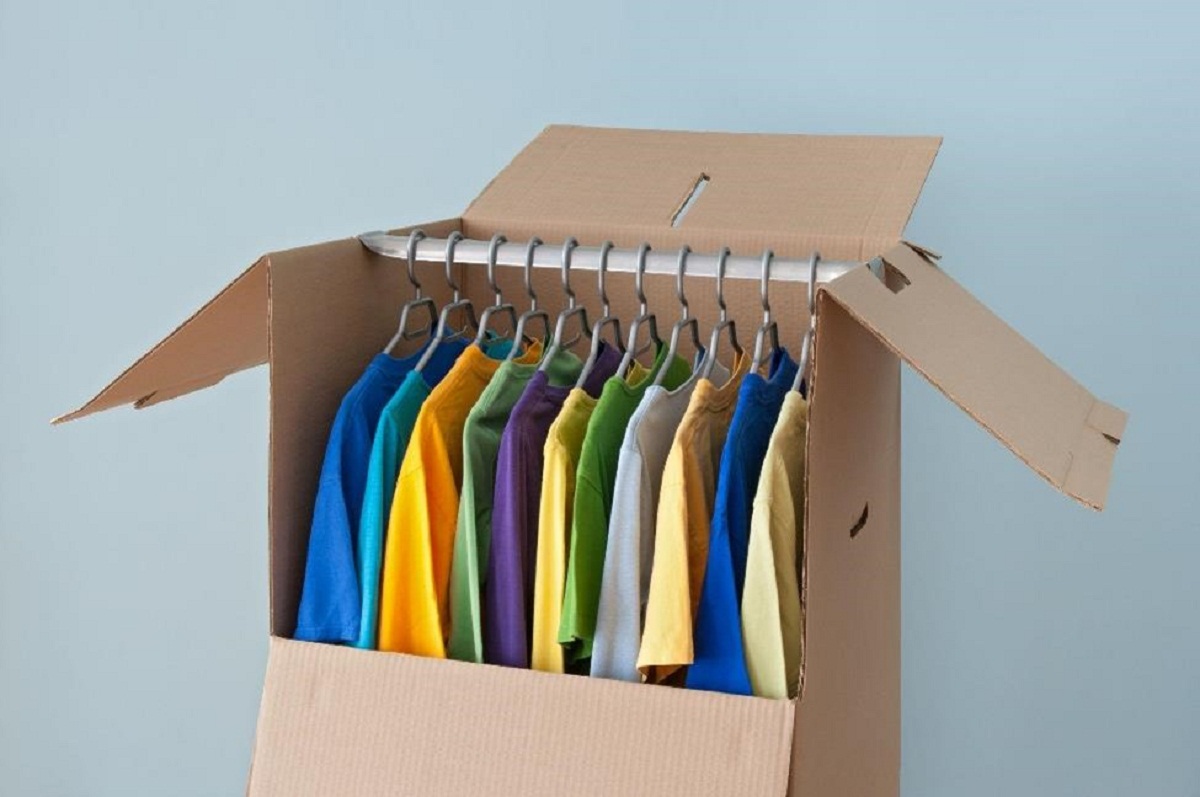
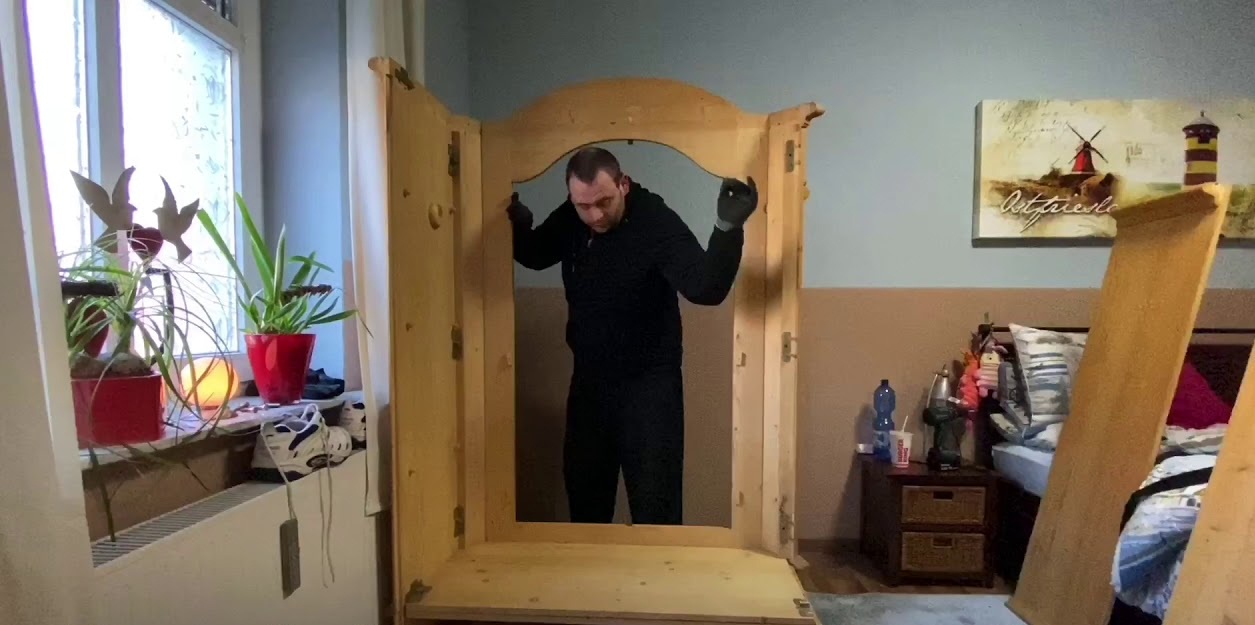
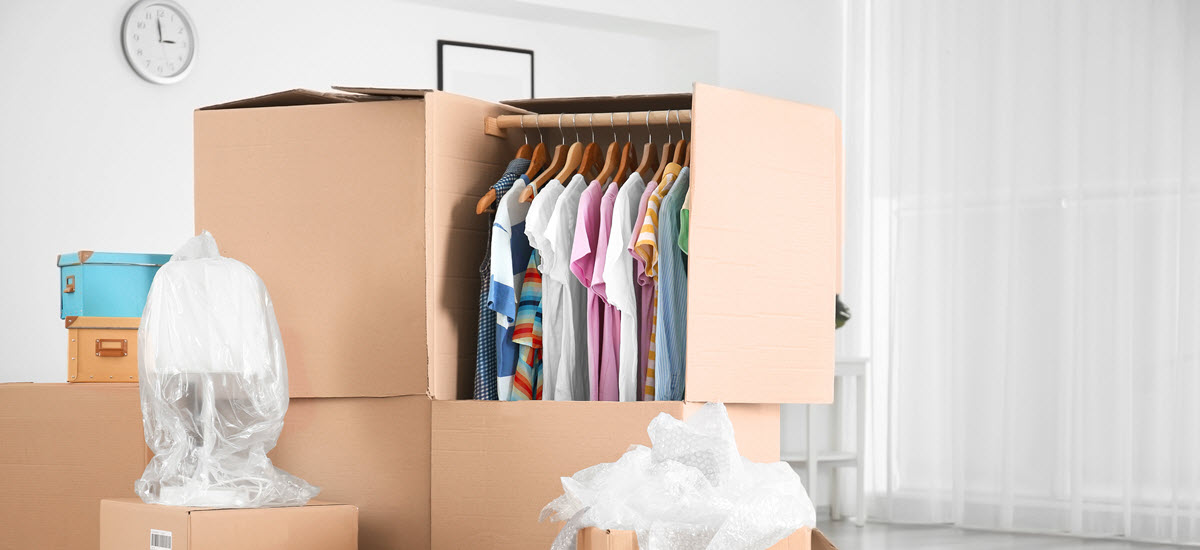

0 thoughts on “How To Design A Wardrobe”